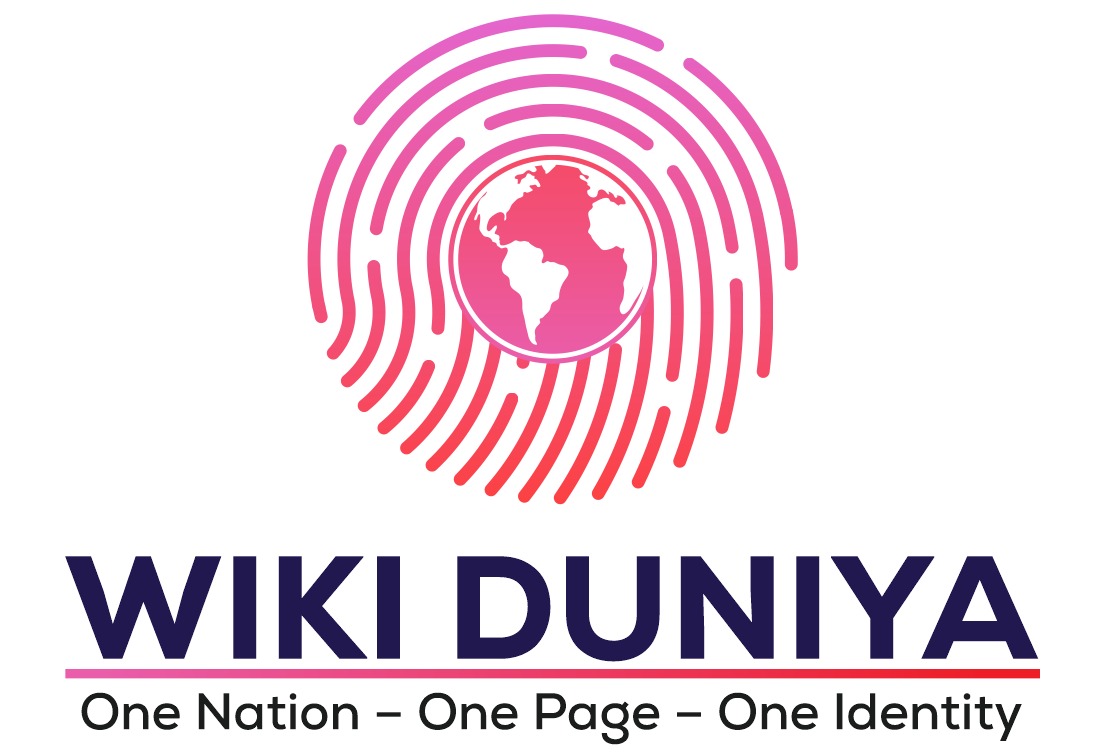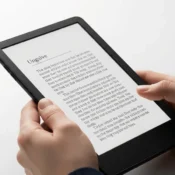
How to Optimise Images for Your Personal Profile
Introduction
How to Optimise Images for Your Personal Profile is an often-overlooked area of personal branding, but in a visual-first world, it can make or break a first impression.
In India, where online profiles are frequently the first point of contact for employers, clients, or collaborators, poorly chosen or poorly formatted images can silently harm credibility.
Whether it’s a Wiki Duniya profile, LinkedIn page, or personal website, optimising images ensures faster loading, higher visibility, and a more professional presentation.
Choosing the Right Image Format
The first step in optimisation is selecting the correct file format. For most personal branding profiles, JPEG is ideal for photographs because it balances quality with file size, while PNG is better for images with text or transparent backgrounds, such as logos. Using unnecessarily large formats like TIFF or BMP can slow down your page, discouraging visitors from staying.
In a country like India, where internet speeds can vary greatly, smaller file sizes ensure a smoother browsing experience for all users.
Compressing Without Losing Quality
Large images may look stunning, but they can make your page load painfully slowly, especially on mobile data connections. Tools like TinyPNG or JPEG-Optimizer can reduce file size without making the image look pixelated.
The aim is to keep file sizes under 200KB for profile pictures and under 500KB for portfolio images, while maintaining visual clarity. A slow-loading profile can harm both user experience and search engine rankings.
Naming Files Strategically
A surprising number of people upload profile images with names like “IMG1234.jpg” or “photo1.png.” Search engines cannot read the content of an image directly but rely on file names and alt text for context.
Naming your image “Neha-Patel-Fashion-Designer-Mumbai.jpg” not only describes the file but also improves its chances of appearing in relevant image search results.
Using Alt Text for Accessibility and SEO
Alt text serves two purposes: it makes your content accessible to visually impaired users, and it helps search engines understand the image.
Alt text should be descriptive but concise, for example: “Ravi Sharma giving a keynote speech at a marketing conference in Delhi.”
This way, you’re providing meaningful context that boosts both accessibility and SEO.
Maintaining Consistent Dimensions
If your personal profile features multiple images — such as a headshot, work samples, or team photos — keeping dimensions consistent creates a polished look.
A common standard for profile pictures is a square aspect ratio, such as 400×400 pixels. Inconsistent sizing can make your page appear disorganised and distract from your professional message.
Using Professional Photography
While smartphones have made it easier to take high-quality pictures, a professionally taken headshot still stands out. Proper lighting, composition, and background can significantly enhance your personal brand. In India, where personal recommendations often lead to opportunities, a sharp, well-lit photograph communicates seriousness and attention to detail.
Optimising for Mobile Viewing
Given that a majority of Indian users browse on mobile devices, your images must look sharp and load quickly on smaller screens.
This means testing your profile on multiple devices to ensure images are not cropped awkwardly or losing clarity.
Platforms like Wiki Duniya allow you to preview how your profile will look on mobile before publishing.
Avoiding Overuse of Filters
While filters can enhance an image, overuse can make photos look unrealistic or unprofessional.
For personal branding, it’s best to aim for natural tones that reflect your real-life appearance. This builds trust, especially in professional contexts where authenticity matters.
Keeping Images Updated
An outdated photo can create confusion. If your appearance has changed significantly, or if the photo reflects an old professional phase, it’s time to update.
A current image ensures that anyone meeting you offline will recognise you immediately, avoiding awkward situations.
Conclusion
Optimising images for your personal profile is about balancing visual appeal, loading speed, and professional consistency. From choosing the right file format to writing descriptive alt text, every small detail contributes to how others perceive you online. In India’s competitive environment, where digital impressions often come before face-to-face meetings, well-optimised images can enhance trust, boost search rankings, and improve overall engagement with your personal brand.




